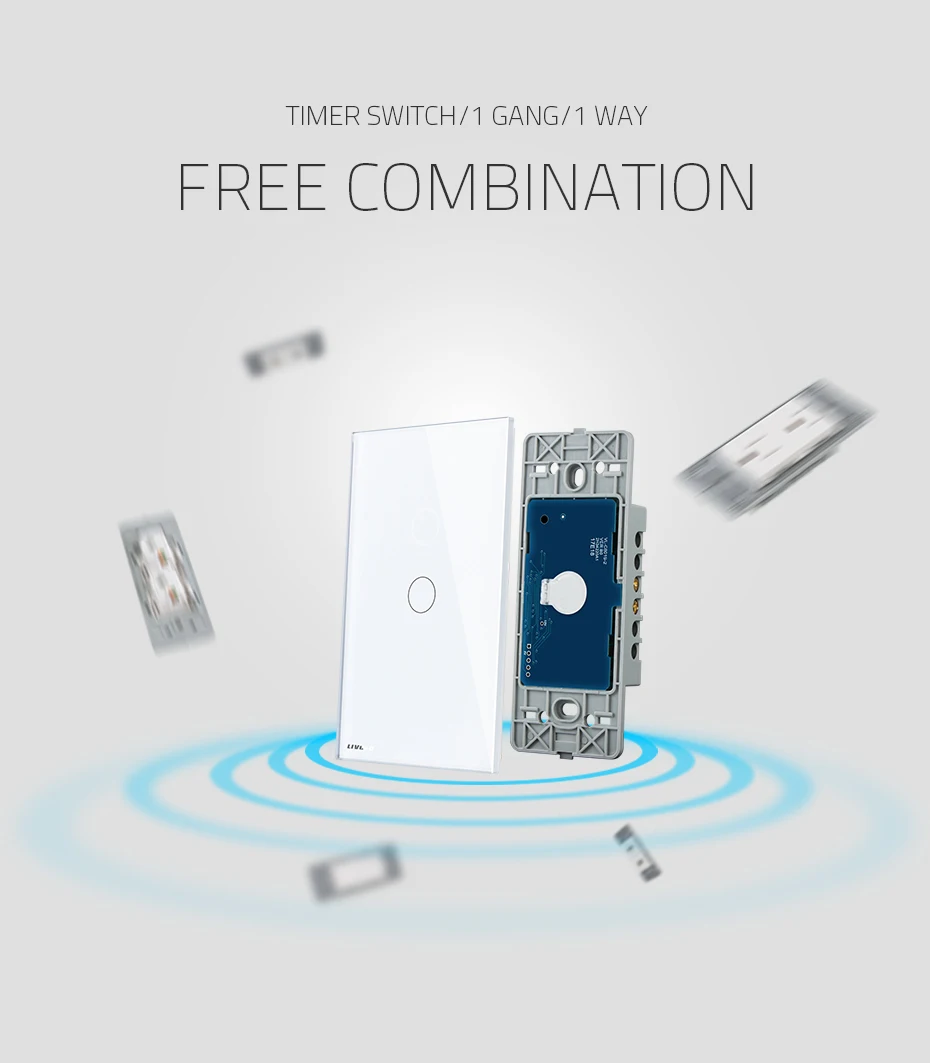💬 Wireless Touch Switch: Relay Model - (For Livolo crystals)
-
I just ordered to manufacture the next version of the PCB, actually I also sent to manufacture the other 4 modules.
When the PCBs arrive and perform the necessary tests, I will publish the updated files.On the work panel and openhardware.io there are images of all the modules / nodes.
-
I have published all the documentation in a Github repository. If someone wants to make PCBs, I recommend that you wait a little longer until you receive my PCBs and try them.
-
Today the new PCBs have arrived, I will try to weld them this week!
By the way, I present the Wireless Touch Switch node to the pcbway.com contest and I won the third prize for best design :)
https://www.pcbway.com/blog/News/Winner_List_of_2017_2018_PCBWay_First_PCB_Design_Contest.html
-
Today the new PCBs have arrived, I will try to weld them this week!
By the way, I present the Wireless Touch Switch node to the pcbway.com contest and I won the third prize for best design :)
https://www.pcbway.com/blog/News/Winner_List_of_2017_2018_PCBWay_First_PCB_Design_Contest.html
-
Would this work in the US version light switch?
-
Would this work in the US version light switch?
@marcusakamg7 said in 💬 Wireless Touch Switch: Relay Model - (For Livolo crystals):
Would this work in the US version light switch?
Yes, you can use it perfectly, both the power supply and the relays allow a voltage range of 90~264V and 0~240V AC respectively.
Edit: Investigate if the EU switches can be screwed into the wall box of the US switches.
I have used this standard size box:
https://translate.google.com/translate?sl=es&tl=en&js=y&prev=_t&hl=es&ie=UTF-8&u=http%3A%2F%2Fwww.leroymerlin.es%2Ffp%2F14004172%2Fcaja-de-empotrar-imprex-interruptores-y-enchufes&edit-text= -
well i mean i have livolo crystal (US) switch and was wondering if your pcb would work with it?
https://www.ebay.com/itm/Livolo-Touch-Screen-Switch-with-White-Crystal-Glass-Panel-US-standard/172969628674?hash=item2845cb1402:m:m8U0RNT_lW0oZAr9my3wYKg
I notice the gang box is different in the (US) model. -
well i mean i have livolo crystal (US) switch and was wondering if your pcb would work with it?
https://www.ebay.com/itm/Livolo-Touch-Screen-Switch-with-White-Crystal-Glass-Panel-US-standard/172969628674?hash=item2845cb1402:m:m8U0RNT_lW0oZAr9my3wYKg
I notice the gang box is different in the (US) model.It is not compatible, you just have to see that the shape of the glass and the frame that holds it is completely different to the EU version, and if it was compatible Livolo would not have bothered to make several versions.

-
@giltesa where do you buy "HTTM light reflector"?
-
@giltesa where do you buy "HTTM light reflector"?
I buy them on Aliexpress:
https://www.aliexpress.com/wholesale?catId=0&initiative_id=SB_20180706102504&SearchText=HTTMIf you apply hot air it is easy to take off the white "double sided tape" and the plastic.

